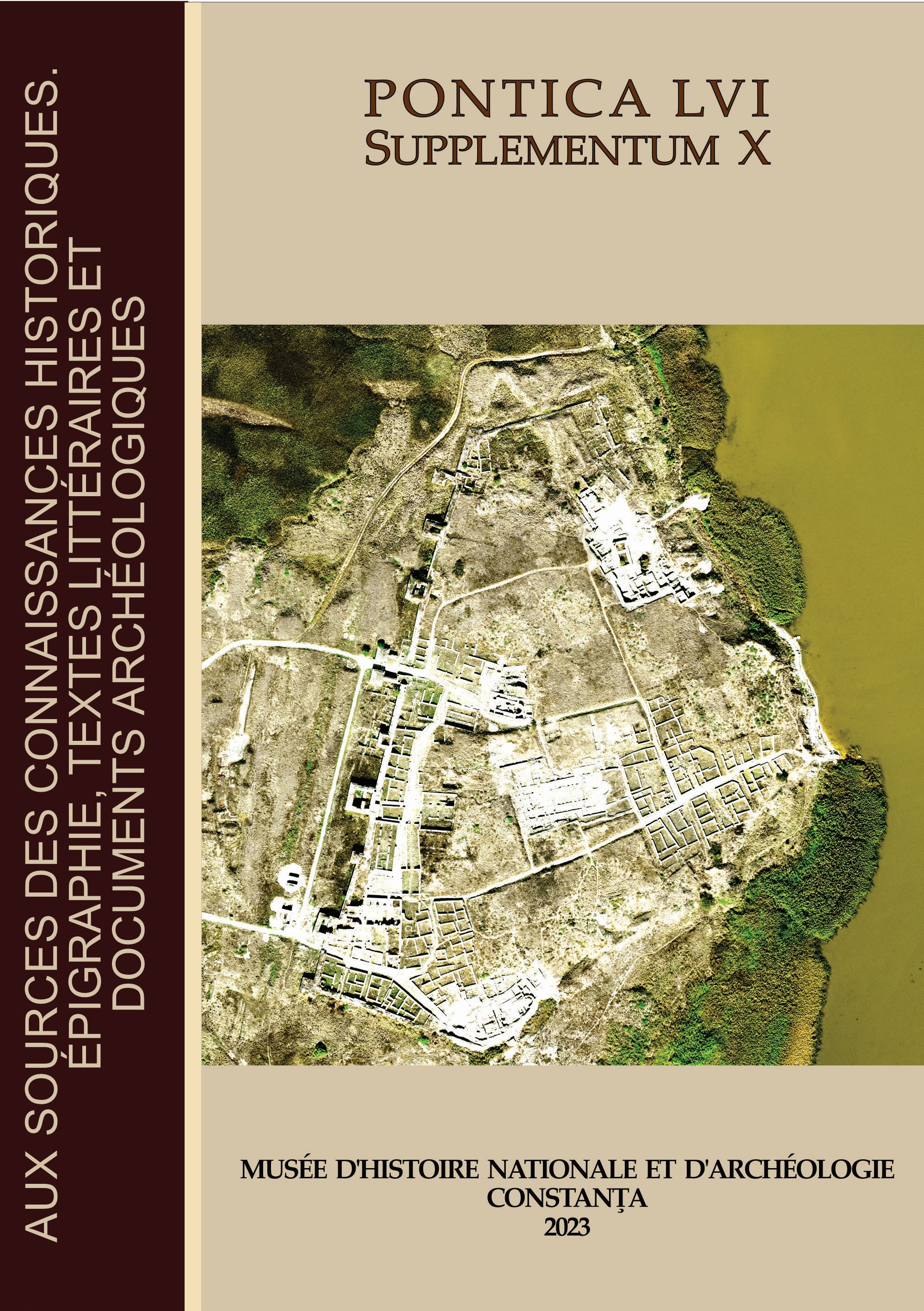An Ivory Finger Distaff with the Top in Form of a Pinecone Discovered in Istros
An Ivory Finger Distaff with the Top in Form of a Pinecone Discovered in Istros
Author(s): Alina Iancu, Corneliu BeldimanSubject(s): History, Archaeology, Ancient World
Published by: Muzeul de Istorie Națională și Arheologie Constanța
Keywords: finger distaff; ivory; spinning; textiles; instrumenta domestica; Istros;
Summary/Abstract: A small ivory rod decorated with geometrical patterns was unearthed during older excavations at Istros and it was published in 1989 by R. Florescu and I. Miclea as an "ivory hand for scratching". This paper aims to reassess the role of this object which fits into the category of instrumenta domestica being a specific type of distaff known as “Fingerkunkeln”, “ring distaff” or under the more common name of “finger distaff”. On the basis of both the archaeological rich evidence of similar artefacts and the iconographic representations of such tools on the funerary reliefs in the ancient Roman world, it is hypothesised that finger distaffs were strongly connected in a symbolical way with spinning, being an indication of the high status and virtuosity of their owners, which were often buried with them. Additionally, their practical utility will be questioned. Furthermore, the presence the above-mentioned distaff in Istros will be discussed in the context of the recent progress in the field showing clear patterns of circulation of such goods along the Empire. Therefore, we hypothesise that this find has the potential to show close links with the Aegean world due to the identification of direct analogies in Samothrace, Greece, pinpointing Scythia Minor on the regional distribution map of these tools and integrating the site in the circulation patterns that marked the Roman world in the first three centuries AD.
Journal: Pontica
- Issue Year: 2023
- Issue No: 56 Supp X
- Page Range: 127-165
- Page Count: 39
- Language: English

